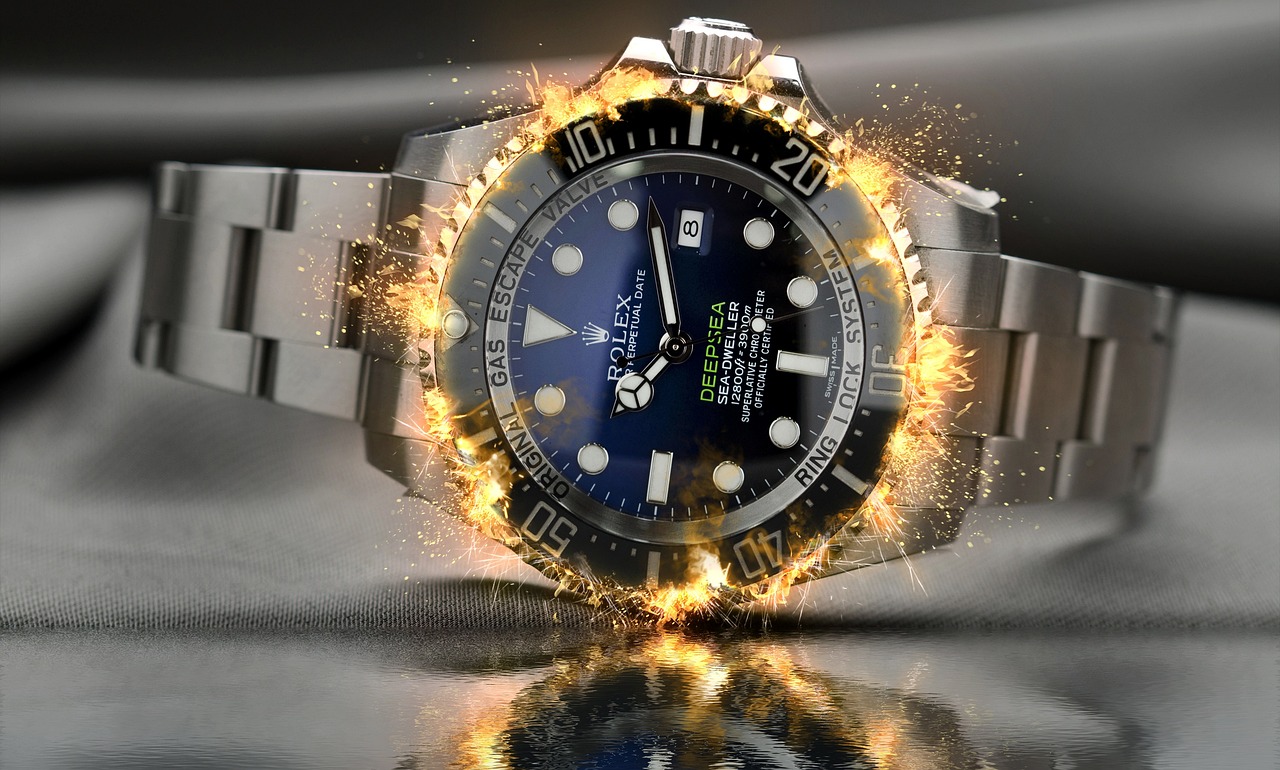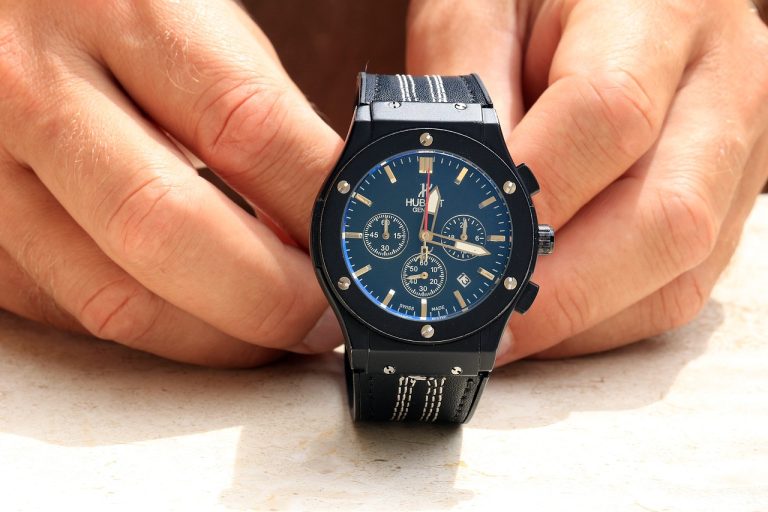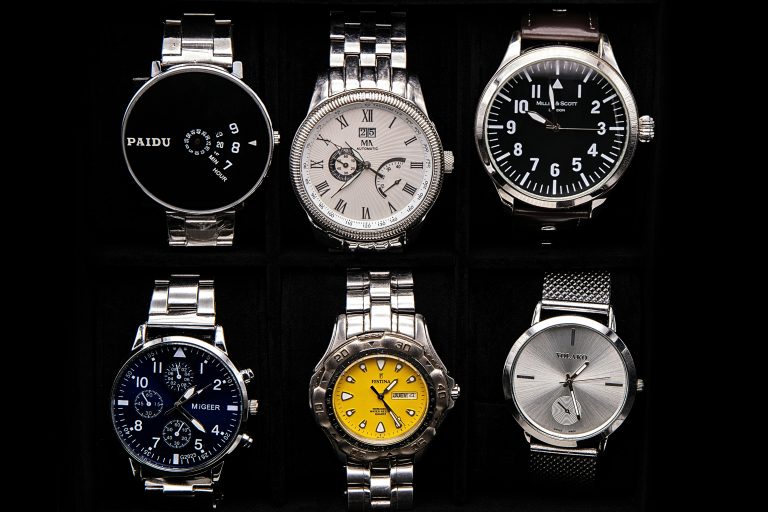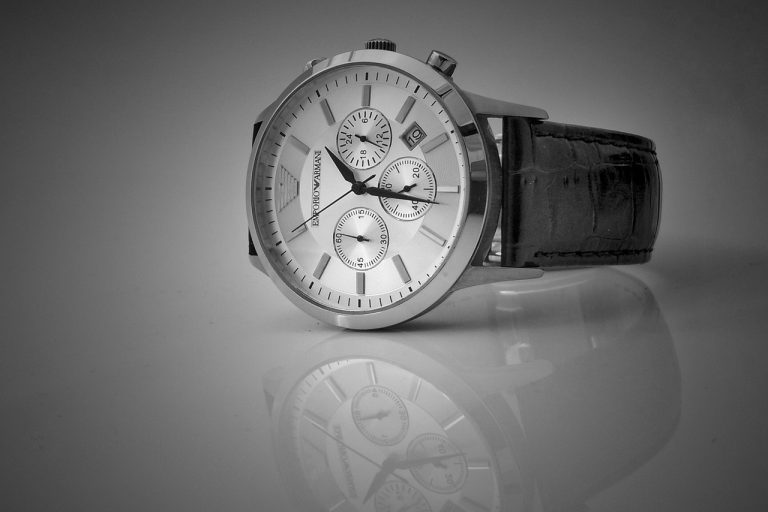The 8 Types of Watch Movements and How They Work
Automatic: A mechanical movement that operates without a battery. It’s highly valued in luxury watches for its distinctive qualities.
Mechanical: Similar to automatic, but it lacks the self-winding feature, requiring manual winding instead.
Quartz: The most widely used type, quartz watches rely on an integrated chip and quartz crystal for timekeeping, powered by a battery. They’re affordable, precise, and commonly found.
Solar: Similar to quartz, but instead of a battery, it uses a solar panel to harness sunlight for recharging, reducing the need for battery replacements.
Automatic Quartz: Merges the precision of quartz with the automatic recharging feature of an automatic watch, allowing the battery to recharge on its own.
Spring Drive: A groundbreaking movement from Seiko, combining mechanical energy storage with quartz-based timekeeping, regulated by electromagnetic feedback. It’s known for its continuous, smooth sweeping seconds hand.
Electric: The earliest form of electrically powered watches, using an electromagnetically charged device for timekeeping. These were eventually overtaken by the more accurate and affordable quartz watches.
Smartwatch: The most recent innovation in watch technology, smartwatches feature a variety of functions, including timekeeping, notifications, and fitness tracking, all thanks to advancements in smartphone technology.
Here’s a detailed explanation of each of the 8 types of watch movements:
Automatic: Automatic watches are powered by the natural movement of the wearer’s wrist, making them self-winding. This mechanical movement utilizes a rotor that spins as the wearer moves, transferring energy to the mainspring, which in turn powers the watch. Because it doesn’t require a battery, it is considered a more traditional and sustainable form of timekeeping. Automatic movements are highly regarded in high-end and luxury watches due to their craftsmanship, complexity, and the intricate mechanisms involved. The lack of a battery and the reliance on mechanical components add to the appeal and prestige of automatic watches, with many collectors valuing the ability to see the inner workings of the movement through transparent case backs.
Mechanical: Mechanical watches are similar to automatic watches in that they operate without the need for a battery. However, mechanical watches do not feature the self-winding rotor found in automatic watches, so they must be manually wound by the wearer. This winding action tightens the mainspring, which stores energy and powers the watch. Mechanical movements require more attention and care from the wearer since they need to be wound regularly, often every day. Despite this, they remain a popular choice for watch enthusiasts who appreciate the craftsmanship and tradition behind hand-wound movements. These watches are often prized for their simplicity and mechanical purity, and they don’t rely on electronic components.
Quartz: Quartz watches are the most common type of watch movement, known for their accuracy, reliability, and affordability. Quartz movements use a tiny quartz crystal that vibrates when an electric current passes through it, generating a precise frequency. An integrated chip then converts this frequency into accurate timekeeping. The power for a quartz movement comes from a battery, which is typically long-lasting, lasting years before needing to be replaced. Quartz watches are widely available in various price ranges, from budget-friendly options to luxury models. Their precision and low maintenance make them a favorite among people looking for an easy-to-use, reliable timepiece.
Solar: Solar watches operate similarly to quartz watches in terms of timekeeping, but they differ in how they are powered. Instead of relying on a battery, solar watches feature a small solar panel that absorbs light—whether from the sun or artificial light—and converts it into energy. This energy is stored in a rechargeable battery or capacitor. As a result, solar watches can run indefinitely as long as they are exposed to light, which significantly reduces the need for battery replacements. Solar-powered watches combine the precision of quartz movements with an eco-friendly approach, offering a low-maintenance, sustainable alternative to traditional battery-powered watches.
Automatic Quartz: Automatic quartz watches combine the accuracy and reliability of quartz movements with the self-charging feature of an automatic watch. These hybrid watches typically have a rotor similar to that of an automatic movement, which winds a mechanical mechanism that powers a small generator. The generator, in turn, charges a rechargeable battery, ensuring the watch continues to run even if it’s not exposed to light, unlike standard quartz watches. This feature allows the watch to maintain its accuracy while avoiding the need for regular battery changes, blending the best of both worlds: the precision of quartz with the convenience of automatic self-winding.
Spring Drive: The Spring Drive is a revolutionary hybrid movement developed by the Japanese watchmaker Seiko. It combines the traditional mechanical energy storage system (using a mainspring) with a sophisticated quartz-based timekeeping system. The key innovation of the Spring Drive is the use of electromagnetic feedback to regulate the timekeeping, creating a smooth, continuous sweep of the seconds hand rather than the ticking motion found in traditional mechanical watches. This movement offers an extremely high level of accuracy while retaining the mechanical charm of traditional watches. The Spring Drive is famous for its technological innovation and precision, and it’s considered a milestone in watchmaking history.
Electric: Electric watches represent the early days of electrically powered timekeeping. Developed in the mid-20th century, these watches used an electromagnetically powered movement to keep time. Unlike mechanical watches, which rely on a mainspring, electric watches utilized a battery to provide energy to the movement. They often featured a coil or electromagnet that interacted with the movement’s gears, allowing the watch to keep time. However, electric watches were eventually surpassed by quartz watches, which proved to be more accurate, reliable, and cheaper to produce. Though now largely obsolete, electric watches were significant in the evolution of modern watch technology.
Smartwatch: The smartwatch is the most recent advancement in watch technology, integrating traditional timekeeping with the power and versatility of digital technology. Smartwatches are equipped with touchscreens, sensors, and a range of features that can include notifications, fitness tracking, GPS, heart rate monitoring, and even communication with smartphones. These watches can run apps, track health data, and provide instant notifications for calls, messages, and social media updates. Powered by rechargeable batteries, smartwatches are at the forefront of wearable technology, and their popularity continues to grow as they evolve to offer more functionality and integration with other devices. They represent the future of timepieces, blending fashion, convenience, and technology into a single device.







